Italy is one of the most magical and culturally rich destinations on Earth. From sipping cappuccinos in Rome to exploring the canals of Venice or basking in the sun on the Amalfi Coast, the experiences are unforgettable. But even dream trips can quickly turn stressful if you’re not prepared.
Whether it’s your first time in Italy or your fifth, there are some surprisingly common mistakes that can affect how much you truly enjoy the country. The good news? They’re all avoidable. Here’s a list of the 11 biggest mistakes tourists make in Italy—and how to make sure you’re not one of them.
1. Not Validating Train or Bus Tickets
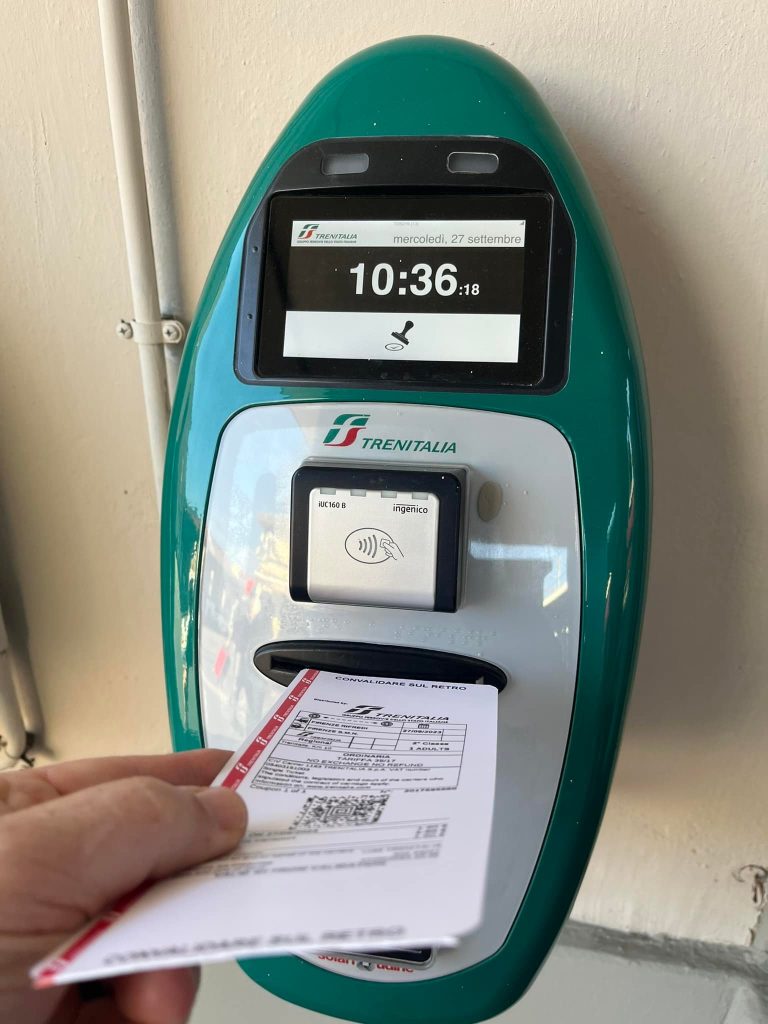
One of the easiest mistakes to make—and one that can cost you dearly—is forgetting to validate your train or bus ticket before boarding. In Italy, especially when using regional trains, you must stamp your paper ticket at a validation machine before getting on. These machines are typically small, yellow or green boxes located on platforms or near station entrances.
Failing to do this can result in a hefty fine, even if you purchased your ticket legally. Conductors are strict and often unsympathetic. They view it as fare evasion, and the fine is usually non-negotiable. Imagine starting your trip with a 50-euro penalty simply because you didn’t notice a sign.
Sadly, some people are fines just a few minutes after arriving in Italy. I have seen it happen on the Leonardo Express (trains which connects the airport to the city). Conductors operate from the saying “Ignorance has no defense” so they will not forgive you if you tell them, you didn’t know you had to validate the ticket.
To avoid this, always look around for the validation machines and take a moment to stamp your ticket. If you have a digital ticket (often the case for high-speed trains), you don’t need to validate it, but double-check to be sure. Better safe than sorry!
The buses are the worst for me. If you ever use the buses, the machines are located at the back of the bus. make sure you validate the ticket the first thing after entering the bus.
2. Eating at Restaurants Right Next to Major Attractions

We get it—after a long day exploring the Colosseum or the Vatican, the nearest trattoria sounds like a gift from the heavens. But restaurants situated directly next to major attractions often cater to tourists, not locals. That usually means inflated prices and lower quality food.
Many of these establishments rely on high turnover and not repeat business, so the motivation to serve authentic, delicious meals just isn’t there. Menus with photos, waiters waving you in from the sidewalk, and laminated English menus are all red flags.
Instead, walk a few blocks away from the tourist zones. Use apps or ask locals for recommendations. A little effort can land you in a cozy, family-run osteria with homemade pasta and local wine for half the price—and double the flavor.
There is, in my opinion an exception to this rule. If for example you want to enjoy a glass of wine, coffee or an apertivo overlooking a major attraction like the image shown above, then by all means go for it. Quality of drinks are almost always good and will only cost you a few more euros for an unforgettable experience.
3. Carrying Heavy Suitcases (and Not Packing Smart)

Italy’s charm lies in its historic streets, cobblestone alleys, and picturesque staircases. But all of these features can become your worst nightmare if you’re lugging a massive suitcase behind you. Elevators are often tiny or nonexistent in older buildings, and dragging wheeled luggage over cobblestones is a quick route to exhaustion.
Pack light and prioritize versatile clothing that can be worn multiple ways. A capsule wardrobe is your best friend here. Think layers, neutrals, and comfort. Also, opt for luggage that’s easy to carry or roll on uneven surfaces.
If you’re changing cities multiple times, your suitcase becomes a companion—make sure it’s one you like! Packing smart not only saves your back, but also gives you the freedom to navigate Italy with more ease and spontaneity.
My wife hates backpacks (apparently they are not classy) but I somehow convinced her to try one when we went to Italy. She was very happy she carried a backpack.
Sometimes our accommodations were 25 minutes walk from train stations. That is easy if you have a backpack but if instead you a dragging a suitcase, you might need to get a taxi. Also, going up and down metro station was a breeze.
4. Not Being Aware of Pickpockets
Italy, like many popular tourist destinations, has its fair share of pickpockets. They often operate in crowded areas such as public transport, tourist sites, and even train stations. Rome, Naples, and Florence are particularly notorious.
These thieves are professionals. They know how to distract you and disappear before you even realize your wallet is gone. Common tactics include someone “accidentally” bumping into you, children asking for money, or groups creating a commotion.
To stay safe, keep your belongings in front of you. Use crossbody bags with zippers and consider money belts for important documents. Never leave your phone or wallet in your back pocket. Awareness is your best defense.
Be very careful when getting on and off trains, especially if the platform is crowded. Most victims of pickpocketing lose their valuables at that time, since all you concentration is on securing a seat.
In Italy, the law says you should always have an identification card on you. That means a passport for tourists, and police on the streets can ask for one without cause.
I always leave my passport inside my hotel room and make sure I have a digital copy in my phone. I actually don’t know if that is sufficient but I would rather lose money or purse but not a passport.
5. Failing to Wake Up Early to Beat the Crowds
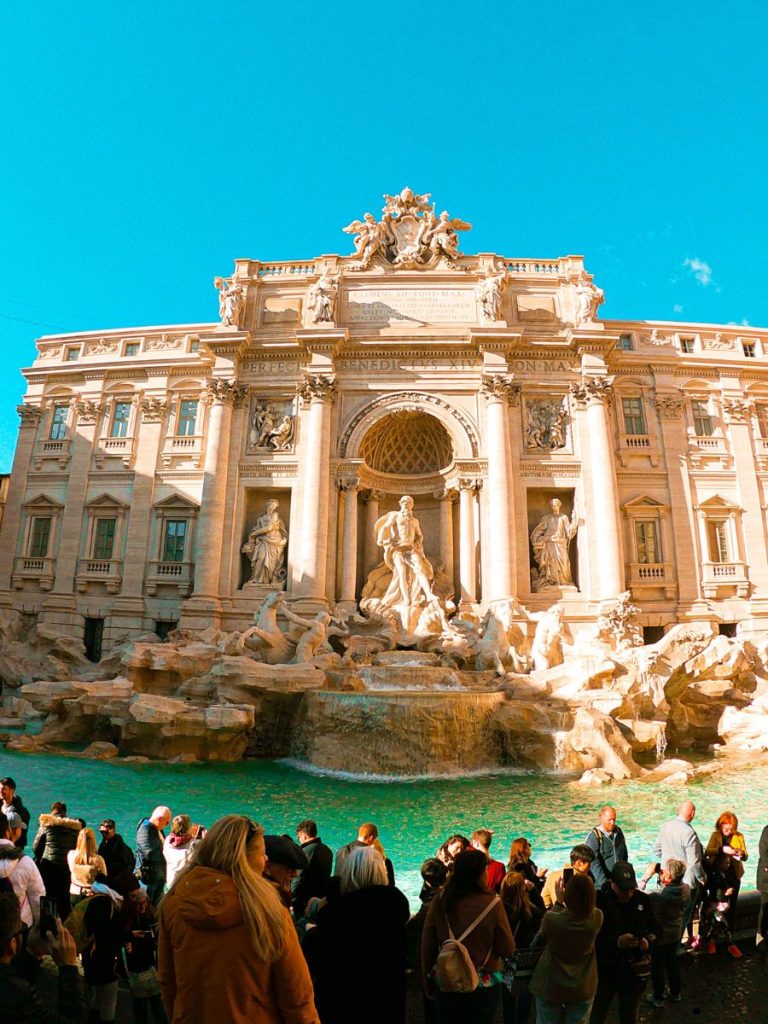
Italy’s most iconic attractions are also the most crowded. If you visit the Trevi Fountain or the Vatican Museums after 10 AM, prepare to wade through throngs of tourists. Not exactly the romantic experience you imagined, right?
Have you ever seen picture of the Trevi Fountain at 7 AM and at 12 noon? I have. Get there as early as possible, especially if you need good pictures. These days, there will still be a sizable crowd at 7 AM but its manageable.
However, if you go there after 10 AM, it will be overflowing with humanity. The shear size of crowds moving between the Trevi Fountain, Pantheon, Spanish Steps and Piazza Navona during the day is so big it makes it hard to enjoy these attractions.
The best way to enjoy Italy’s beauty is to get an early start. Early mornings are quieter, cooler, and ideal for photography. You can appreciate landmarks in peace, and maybe even have a few magical moments all to yourself.
It might feel hard to wake up early on vacation, but it’s worth it. A quick espresso and a morning walk can become one of the most memorable parts of your trip.
6. Not Dedicating a Day to Simply Wander
When planning a trip to Italy, it’s easy to fill your schedule with must-see landmarks. But some of Italy’s greatest treasures are found when you don’t have a plan. Wandering the backstreets of Florence or discovering a hidden piazza in Rome often leads to the most memorable experiences.
Dedicate at least one day to unstructured exploration. Walk until you find a cozy café, people-watch in a park, or take a detour down a pretty alleyway. These slow travel moments help you absorb the true spirit of Italian life.
Italy rewards curiosity and spontaneity. Don’t feel guilty about skipping a museum if it means enjoying a glass of wine in a sunlit square instead.
My advice would be to dedicate you last day in Rome, Florence, or any other city to just wandering through the streets without even checking your Google maps. When you do that, you will enjoy the city in ways you couldn’t have imagine.
Also, somehow I almost always discover an authentic restaurant whenever I am just walking without a plan. Try it next time you go to Italy, especially in Rome and Florence
7. Looking Like a Typical Tourist
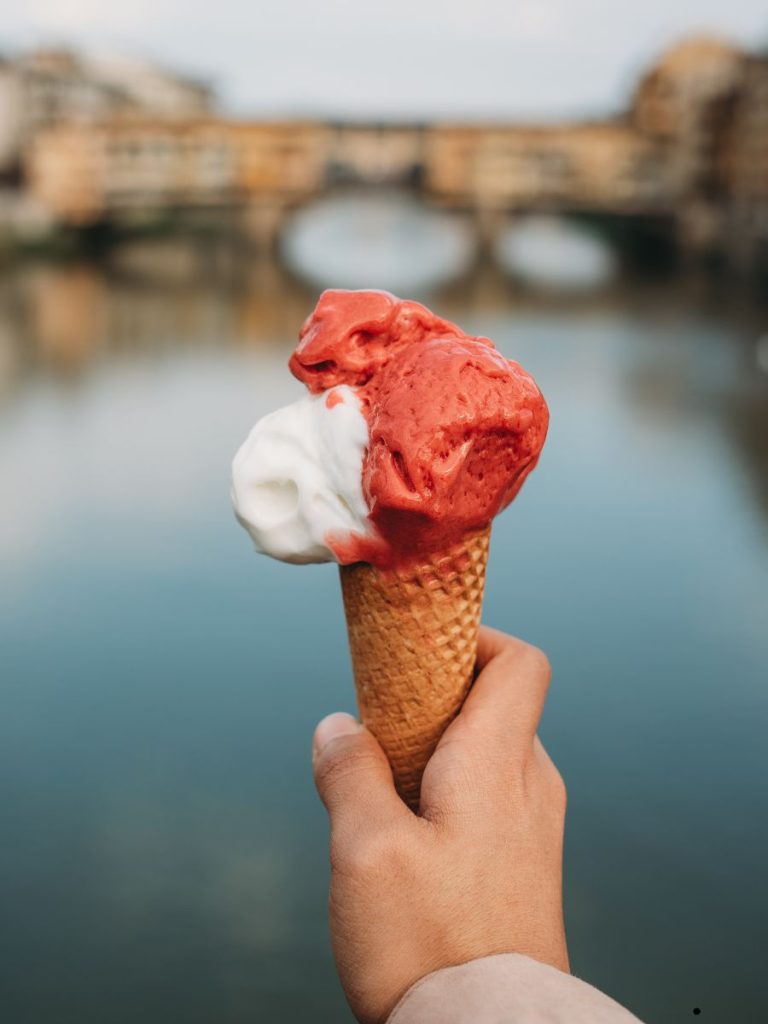
Standing out as a tourist in Italy isn’t just a fashion faux pas—it can make you a target for pickpockets and tourist scams. Wearing athletic shorts, baseball caps, or loud logo t-shirts screams, “I’m not from here.”
Italians tend to dress stylishly, even for casual outings. You don’t need to go full runway, but clean, smart casual clothes go a long way. A nice pair of shoes, well-fitted jeans or pants, and a button-up or blouse will help you blend in.
Dressing more like a local often results in better service and a more immersive cultural experience. Plus, you’ll look great in all your travel photos!
I could be wrong but from my observation, Italian men hardly wear shorts and baseball caps. Personally I don’t try too much to look like Italians but I avoid wearing something that shouts “American”!
8. Trying to Do and See Too Much at Once
Italy has so much to offer that it’s tempting to try and see it all in one trip. Rome, Florence, Venice, Milan, Naples, Sicily—each city is packed with history, art, and food. But cramming too much into your itinerary leads to burnout.
Traveling is more enjoyable when you have time to savor each destination. Instead of spending every night in a different city, consider focusing on fewer places and spending more time in each. This approach allows for deeper connections and less travel stress.
Italy isn’t going anywhere. You can always come back. Your goal should be quality over quantity—and to enjoy each moment without constantly checking the time.
The first time I went o Italy for 2 weeks, I wanted to visit Positano, Rome, Florence, Cinque Terre, Venice and Lake Como. However, after my allocated 2 days in Rome, I decided there was no way I could see everything I wanted to in such a small amount of time.
I ended up spending 6 days in Rome, and the rest of the time in Venice and Tuscany. When you go to places to just tick them off your list, you are traveling the wrong way.
9. Not Traveling Linearly Across the Country
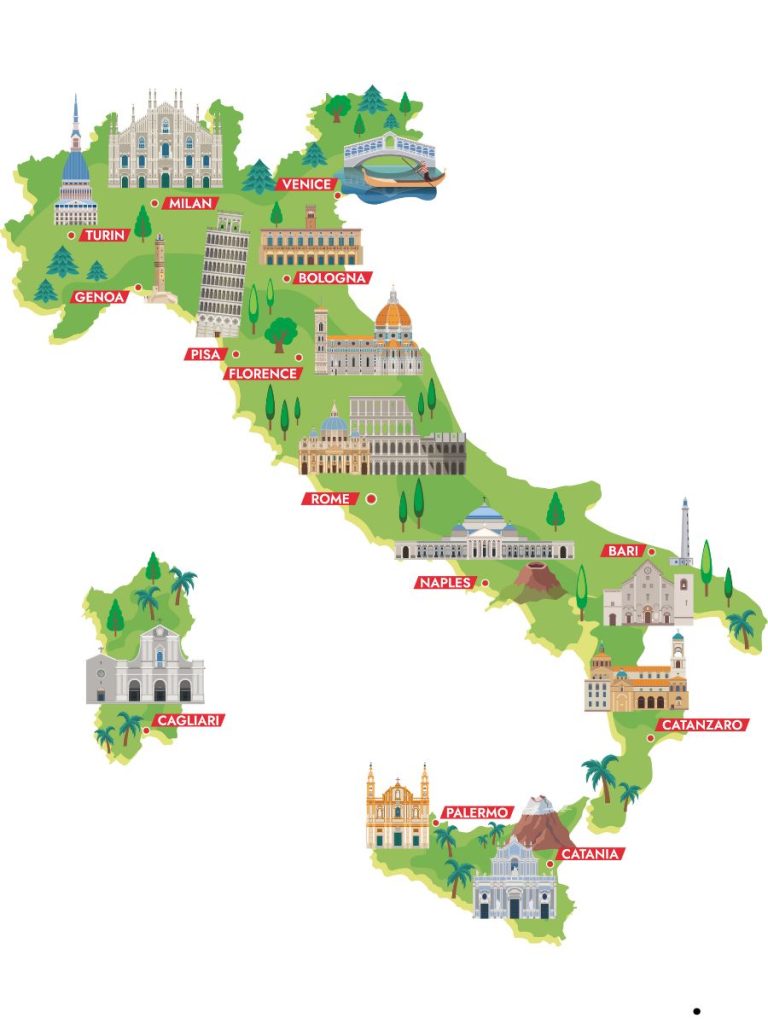
Italy is shaped like a boot and stretches quite far from north to south. If you zigzag across it—say, going from Venice to Naples to Milan—you’ll spend more time on trains than actually enjoying your trip.
Planning your route in a logical, linear fashion saves you time, money, and energy. For example, start in the north (like Milan or Venice) and gradually make your way south (Florence, Rome, Naples). This also allows you to see how culture and cuisine change across the regions.
Linear travel is easier to plan and less exhausting. It makes the most of your time and creates a more cohesive experience of the country.
10. Not Booking Popular Attractions in Advance
Many of Italy’s most famous attractions require advance reservations. Showing up the day-of often means long lines or, worse, being turned away because tickets are sold out.
Places like the Vatican Museums, the Uffizi Gallery, and the Colosseum have limited capacity. Booking in advance not only secures your spot but also lets you skip lines and plan your day more effectively.
The best think about booking in advance is that you are given a time slot for entering the attraction. You don’t need to waste time queuing for hours. Get there 20 minutes before your allocated time slot and you should be good.
In Rome, the entrance for the Vatican Museum isn’t the same as that of the St Peter’s Basilica. You have to walk round the church so please use your Google Maps and be there on time. I made that mistake once and I had to walk for nearly 20 minutes.
During peak travel months, some attractions sell out weeks in advance. A little pre-planning goes a long way toward making your trip smoother and more enjoyable.
11. Underbudgeting and Expecting Everything to Be Cheap
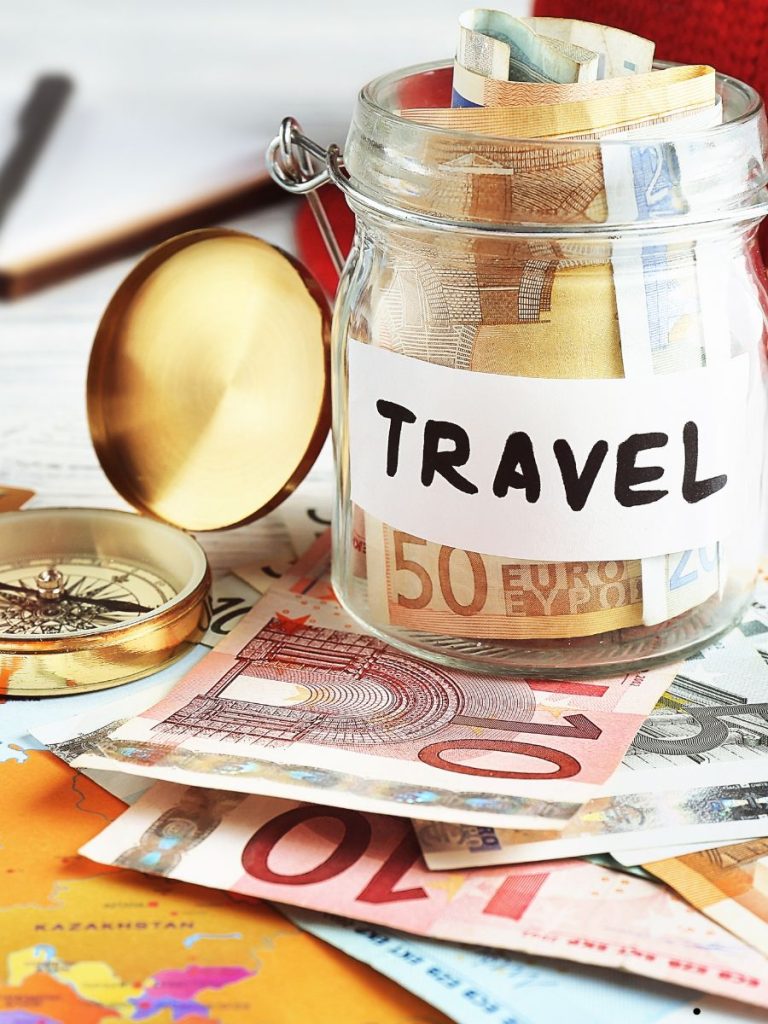
The whole point of going to Italy is to enjoy good food and wine, tour historical sites, appreciate art, and be wowed by its stunning landscape. To be honest, it is very hard to do it on a budget and still have a great time
Italy is not a budget travel destination by default. While you can definitely find affordable meals and lodgings, it’s not uncommon for travelers to underestimate daily expenses.
Costs add up quickly: museum admissions, city taxes, restaurant service charges, and gelato breaks. Factor in transportation, tipping, and the occasional splurge, and you may find yourself running out of money too soon.
Plan a realistic budget and include a buffer for spontaneous experiences—a sunset cruise, an extra bottle of wine, or a handmade souvenir. Italy is best enjoyed when you’re not stressing about every euro.
I would rather you sleep in a cheaper hotel but make sure you have sufficient funds for experiences. It can be stressing when you walk round Rome at night and see everyone enjoying a nice meal while all you are thinking about is how can save 20 euros if you just grabbed a take-away sandwich.
Conclusion
Italy is a stunning, vibrant, and unforgettable country—but even the best vacations can go off track if you’re not careful. By avoiding these 11 common mistakes, you’ll set yourself up for a more authentic, less stressful, and truly magical Italian experience. Remember to plan smart, travel slow, and stay curious. Which of these mistakes surprised you the most? Let me know in the comments below!

